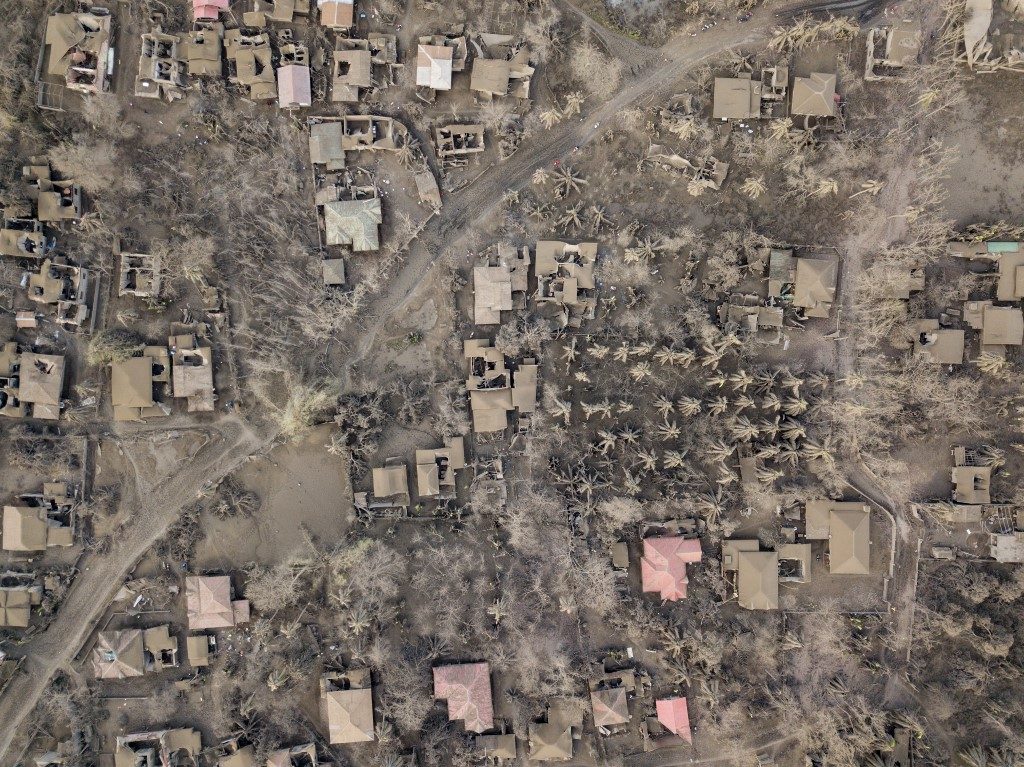SUMMARY
This is AI generated summarization, which may have errors. For context, always refer to the full article.

MANILA, Philippines – President Rodrigo Duterte declared a state of calamity in Calabarzon to aid in the relief and rehabilitation of the region following the eruption of Taal Volcano.
Duterte signed Proclamation No. 906 on February 21. A copy was given to media on Thursday, February 27.
The proclamation is based on the recommendation of the National Disaster Risk Reduction and Management Council, which reported that the Taal unrest has caused widespread damage to property and affected over 480,000 people in Calabarzon.
The Philippine Institute of Volcanology and Seismology (Phivolcs) placed Taal under Alert Level 2, 3, and then 4 on January 12, the day the volcano started erupting.
It was eventually downgraded from Alert Level 4 to Alert Level 3 on January 26, and subsequently to Alert Level 2 on February 14. To date, it remains at Alert Level 2.
Duterte’s proclamation, however, erroneously said that Phivolcs has “maintained” Taal at Alert Level 3 until present.
What happens under a state of calamity? Local government units (LGUs) and the national government will be able to tap appropriate funds for relief and rehabilitation efforts.
The proclamation also orders concerned government agencies to execute rescue, recovery, relief, and rehabilitation efforts. Aside from this, government agencies are also directed to coordinate with affected LGUs to ensure basic services are provided to the public.
Law enforcement agencies, along with the military, are ordered to ensure peace and order in affected areas as well.
The state of calamity in Calabarzon will remain in place for a year, unless lifted sooner.
The provinces of Batangas and Cavite earlier issued their own state of calamity declarations on January 13 and January 15, respectively.
What’s the latest on Taal Volcano? Phivolcs continues to closely monitor Taal.
Between 9 pm on Wednesday, February 26, and 3 am on Thursday, state volcanologists observed “moderate emission of steam-laden plumes that rose 300 meters high.” This is still relatively low compared to figures given at the height of the unrest.
There were also 34 volcanic earthquakes in the past 24 hours, “associated with rock fracturing processes beneath and around the edifice.” This figure is also relatively low.
At Alert Level 2, however, Phivolcs warned that there may still be sudden steam-driven or phreatic explosions, more volcanic earthquakes, ashfall, and expulsion of volcanic gas.
Entry into Taal Volcano Island, classified as a Permanent Danger Zone, remains prohibited. – Sofia Tomacruz/Rappler.com
Add a comment
How does this make you feel?
There are no comments yet. Add your comment to start the conversation.